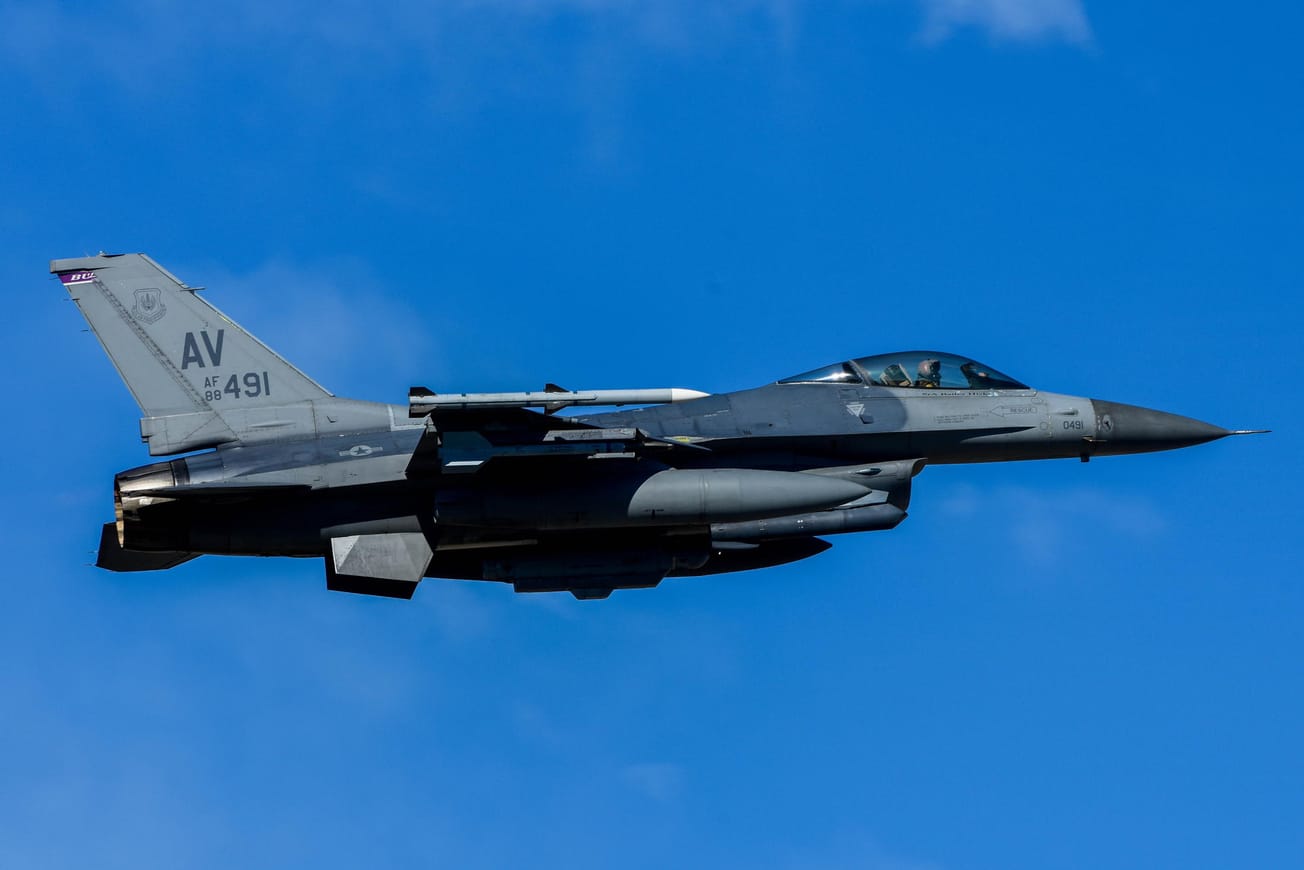It is useful to consider the central role of Kazakhstan in the emerging new paradigm, not only for Russia and China, but for the world, to understand why it is now being targeted for destabilization, terrorism and economic warfare by the “normal suspects,” including the National Endowment for Democracy regime-change experts. Here are some statistics:
The longest border in the world between two nations is that between Kazakhstan and Russia (4,750 miles), while the border with China is also long (2,625 miles). Despite the sparse population of 19 million, a destabilization would generate a large migration to both countries, which could also cover for infiltration of Islamic terror networks under British direction—including into the already-targetted Xinjiang in western China. More than 23% of the population is Russian.
In addition to the Baikonur Cosmodrome space launch center, which is still Russia’s major launch site, there is also Russia’s major missile testing site at Sary-Shagan, where the S-550 (the next generation to the S-500) missile defense system is being developed.
Kazakhstan is the world’s leading uranium producer with 43% of the world production. The uranium is processed in Russia, but much of it is then shipped back to Kazakhstan, where nuclear fuel pellets are produced in a facility built by China, and mostly used in the Chinese nuclear plants.
The Kazakhstan-China pipeline, fully operable in 2015, transports 120,000 barrels of oil per day from the Caspian to Xinjiang (1384 miles), and on to Shanghai.
The primary New Silk Road rail line from China to Europe passes through Kazakhstan, about 4,000 trips per year. The world’s largest dry port, Khorgos, on the Kazakh border with China, transfers containers from the Chinese rail gauge to the Kazakh rail gauge.





